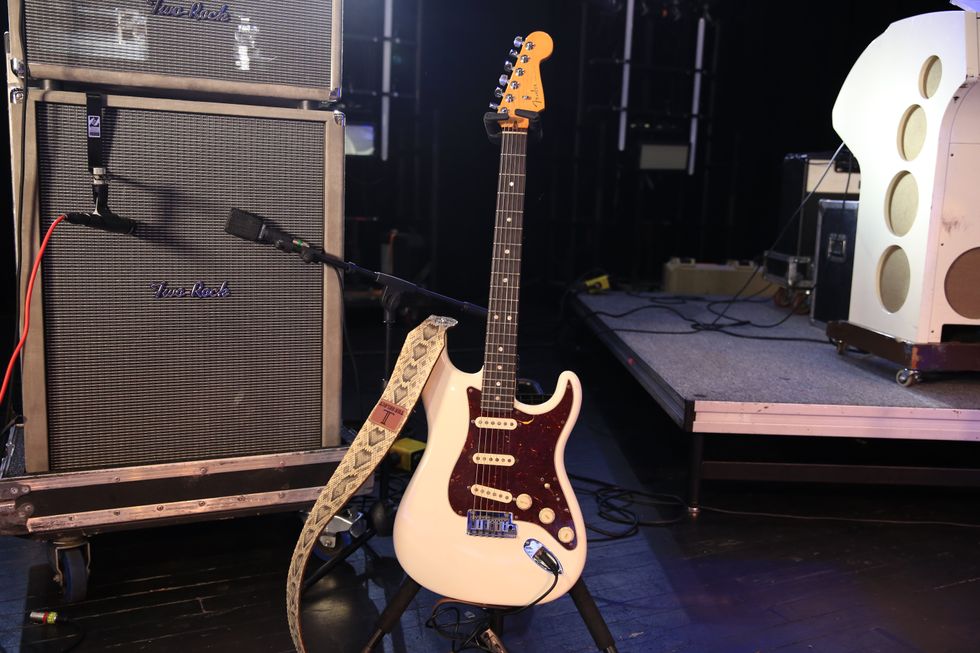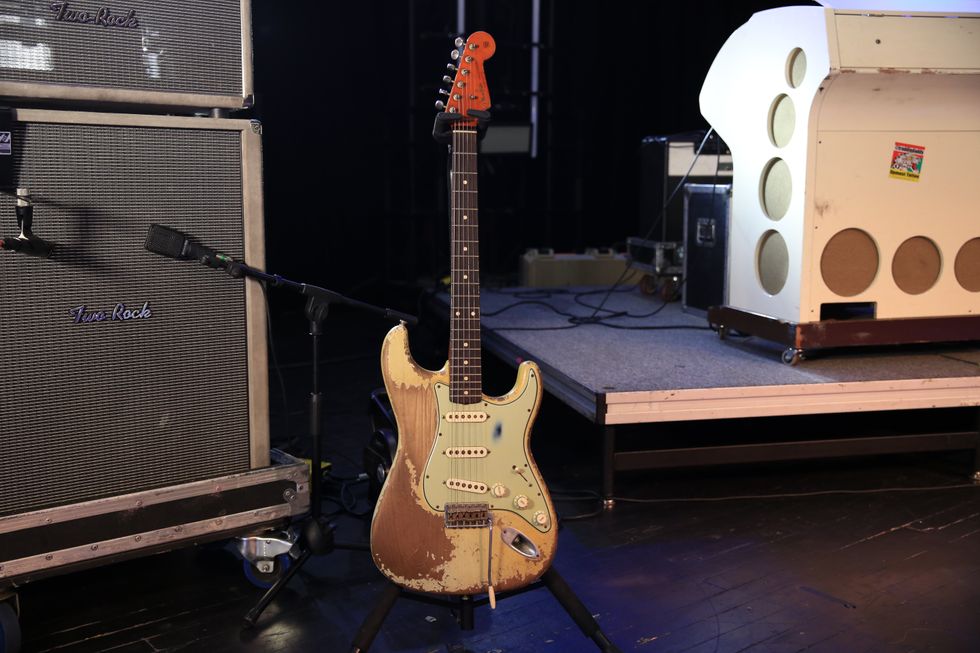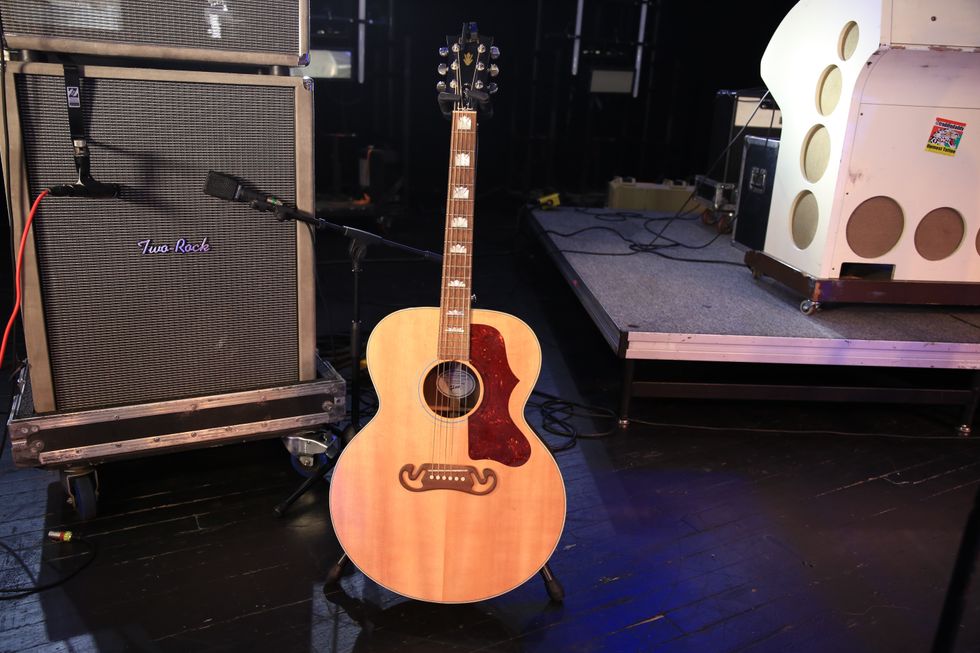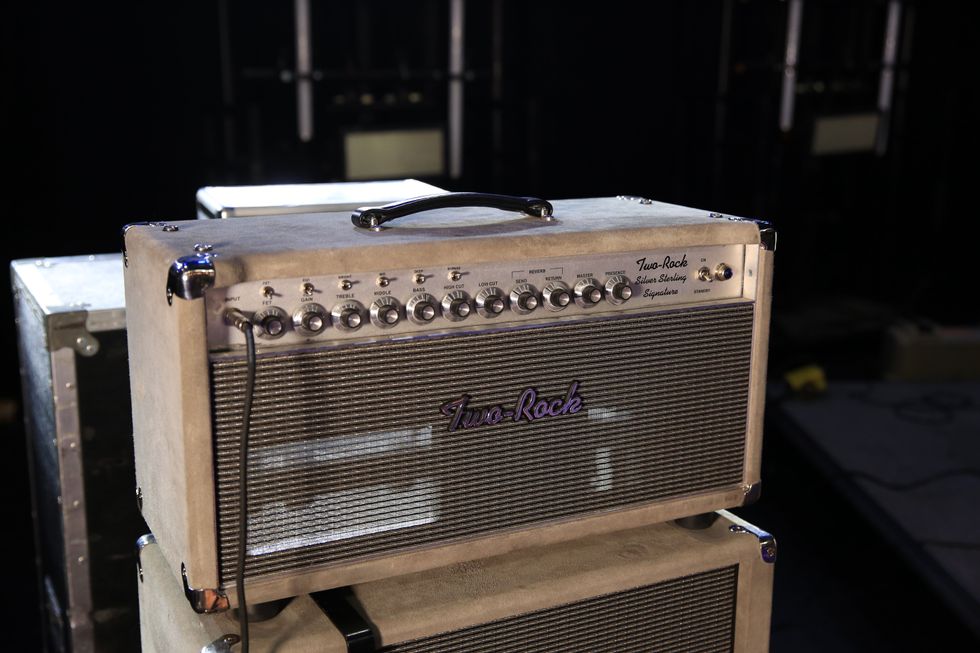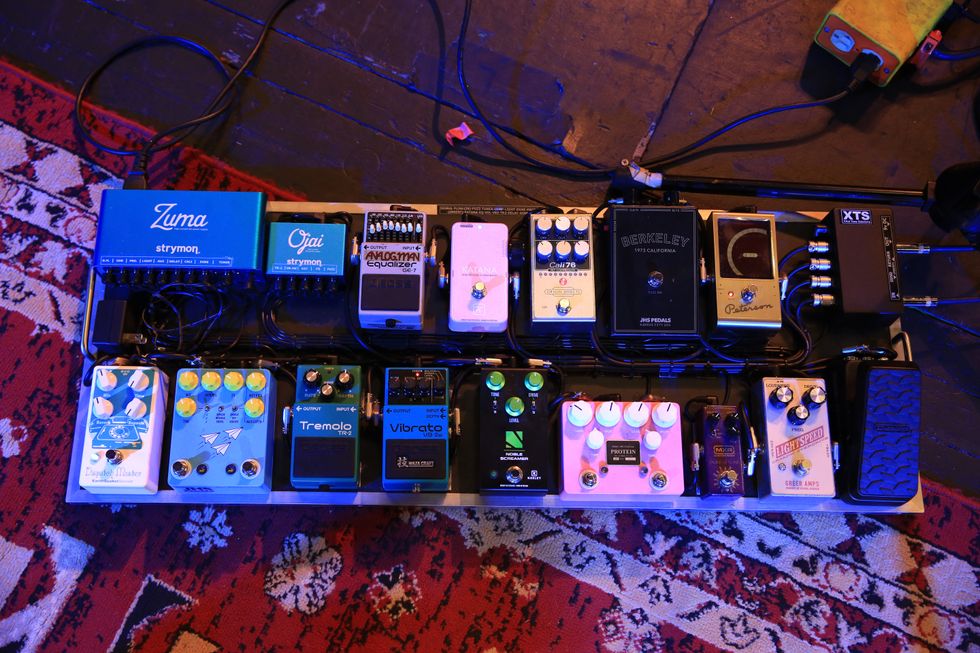Q: How do you make a small fortune in the guitar business?
A: Start with a large fortune.
When you see a guitar builder charging $3,500 for a boutique bolt-on instrument, do you think somebody’s getting rich? I don’t, and here’s why: The “small fortune” adage has been applied to many hobbies-turned-businesses for good reason. Passion for the product is all well and good, but in business—even the guitar business—it may have to take a back seat if you want to survive.
Guitar building—either from scratch or from parts—has become a cottage industry in recent years. It seems like every starry-eyed dude with a board and a butter knife calls himself a builder. Web-based luthier-supply stores have empowered thousands of hobbyists to create instruments at home. These outlets offer just about everything you need to become a fledgling guitar maker. In fact, these vendors have become so sophisticated that many of the large factories now buy from them.
Assembling guitars in a basement or garage gets many people daydreaming about a home-based guitar business. After selling guitars to a few friends, this may seem like an exciting adventure. But if you’re used to getting a steady paycheck, you may be in for a surprise.
Counting costs. In addition to building my own brand of guitars, I work as a consultant for both small and large operations that are serious about not only making guitars, but building a business as well. (Let that sink in for a moment.) No matter how much you love guitars, you have to be prepared to put that aside in order to see things objectively. And sometimes that means putting business first.
When I’m hired to help streamline or improve a guitar shop, the first question I always ask is: Do you really know how much it costs you to make and deliver a guitar to a customer? I often find that people have no idea. Many builders tally the cost of parts and materials, and maybe throw in some extra dollars to cover miscellaneous expenses. If they are paying people to help out, they might add their salaries to the tally.
if you want to survive.
Whatever profit they think they’re making is likely kept in a pool for things like new tools or the rent for a small space. They probably aren’t planning for the day when a stoned employee puts an X-Acto knife blade through his thumb and decides to sue. Did you figure liability insurance into your business plan? That increases the cost of your guitars. Your time mopping up the blood is a cost too.
The best way to view your operation is to consider anything you do an expense that must be offset by your billings. Turn on a light? It’s a cost. Turn on the heat? It’s a cost. Use the phone? All of these and more are ongoing costs that figure into every instrument you sell. Other services that get used occasionally, such as hiring an electrician or an attorney—yes, there will be lawyers—should be built into a financial plan ahead of time in order to smooth out your cash flow and help you establish your pricing structure. I advise asking an accountant to mentor you. This is going to be fun, right?
Material matters. Acquiring raw materials is another area where planning pays off. You need to know how much wood is needed for a single guitar, including the waste that inevitably occurs. For example, if you buy 1,000 board feet of neck wood, you will not be able to convert all of it into product. Your wood supplier will do their best to sell you usable lumber, but there are always defects in every board that must be worked around or scrapped.
A good place to start is to add at least 30 percent to what you think you will need and include this in your cost estimates. You may find that you’re doing better than that on average, so you can adjust downward for future buys. Another helpful tip is to ask your supplier to cut your boards to a length that is a multiple of the individual blanks you need, which helps eliminate waste, reducing your cost.
The same logic applies to hardware. No matter how well made your vendor’s hardware is, there will be occasional duds. You won’t have to pay for a replacement, but it might stall the completion of your customer’s guitar, and every day it’s delayed is money you will never get back. The knee-jerk reaction is to keep loads of hardware in stock, but inventory costs you money. Be sure to inspect and test as soon as a shipment arrives so you can get replacements before your cash flow stalls.
These are all basic business and manufacturing concerns, and we haven’t even gotten into promoting, selling, or the most basic streamlining of the actual building process! When you endeavor to turn your passion for guitar into an avocation, the very thing that got you interested may be last on your “to-do” list.
And oh—don’t forget to include the cost of that shipping box.







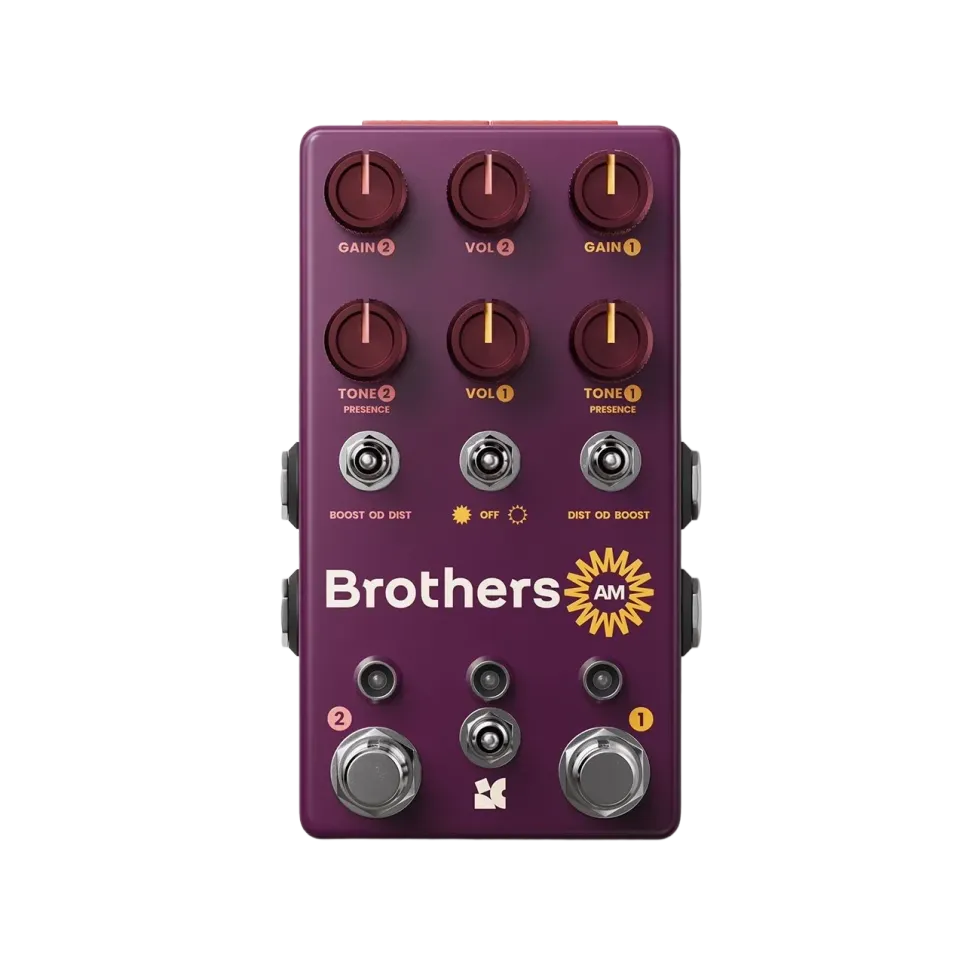
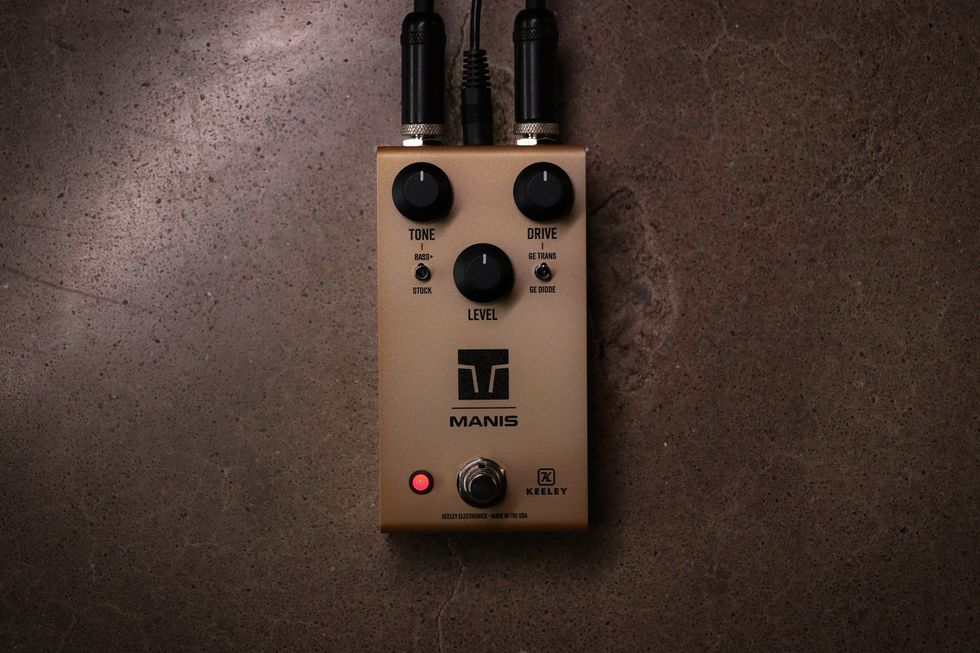
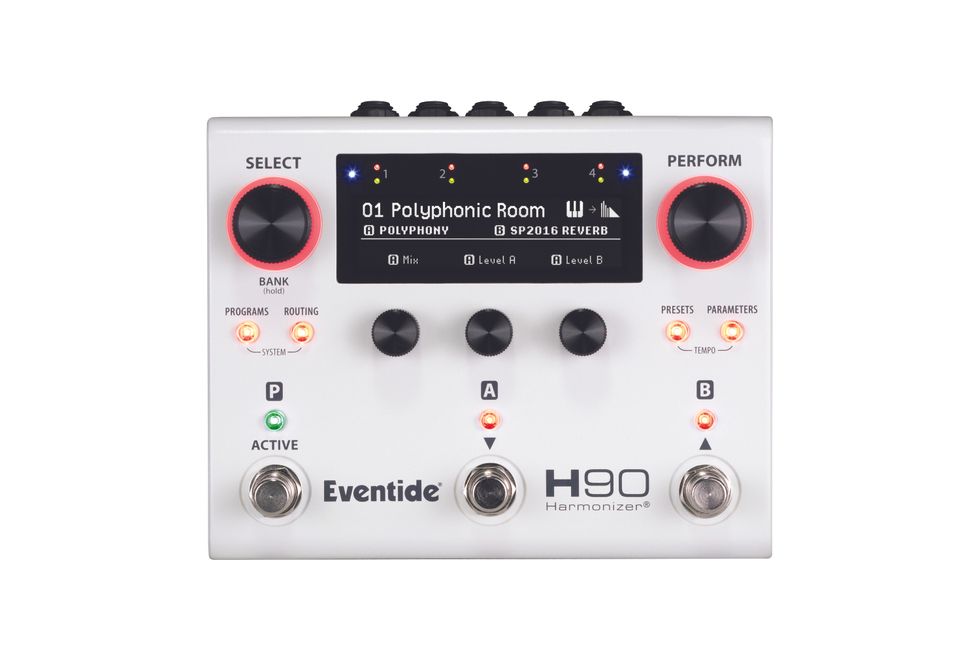
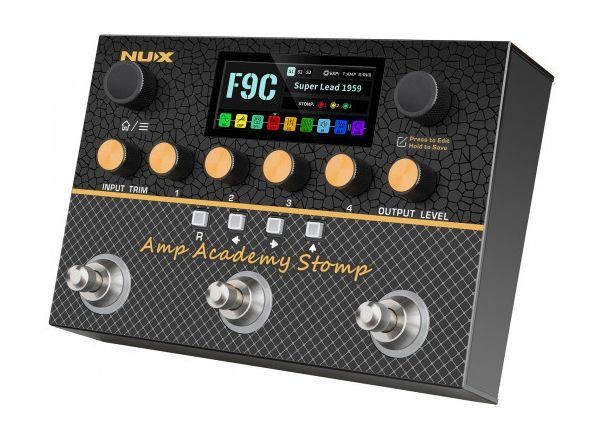
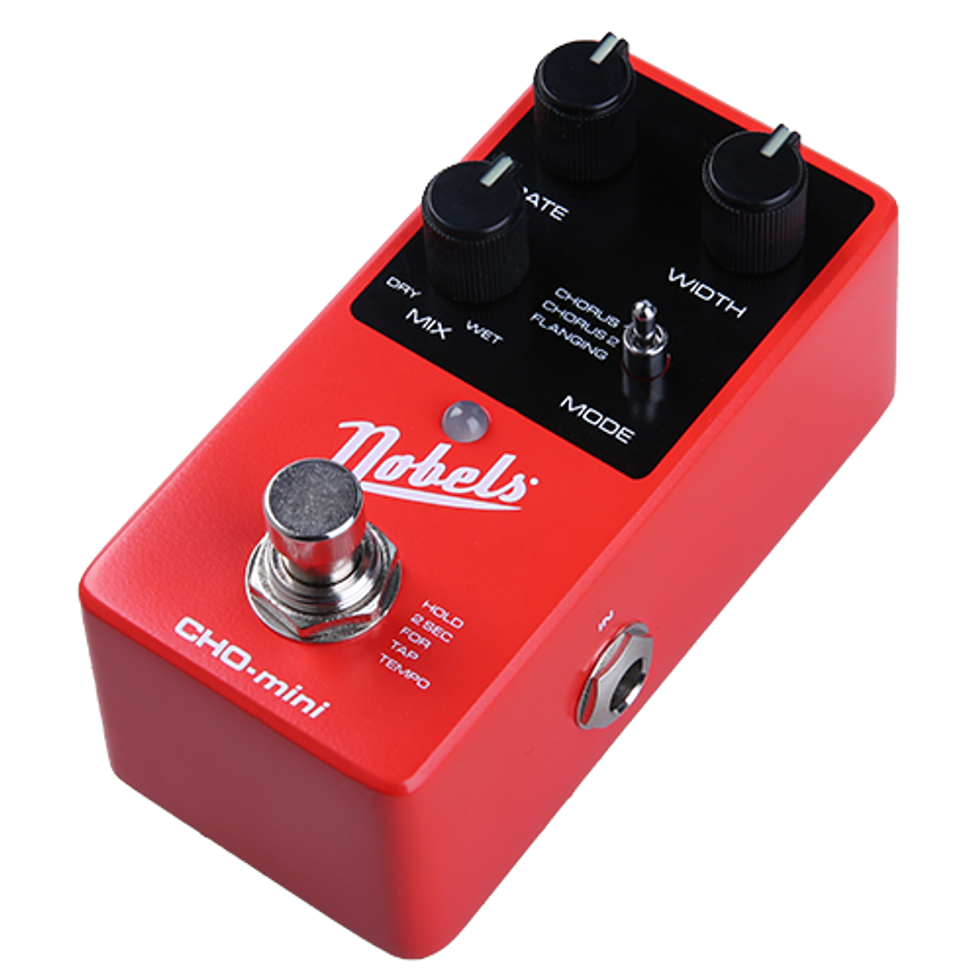
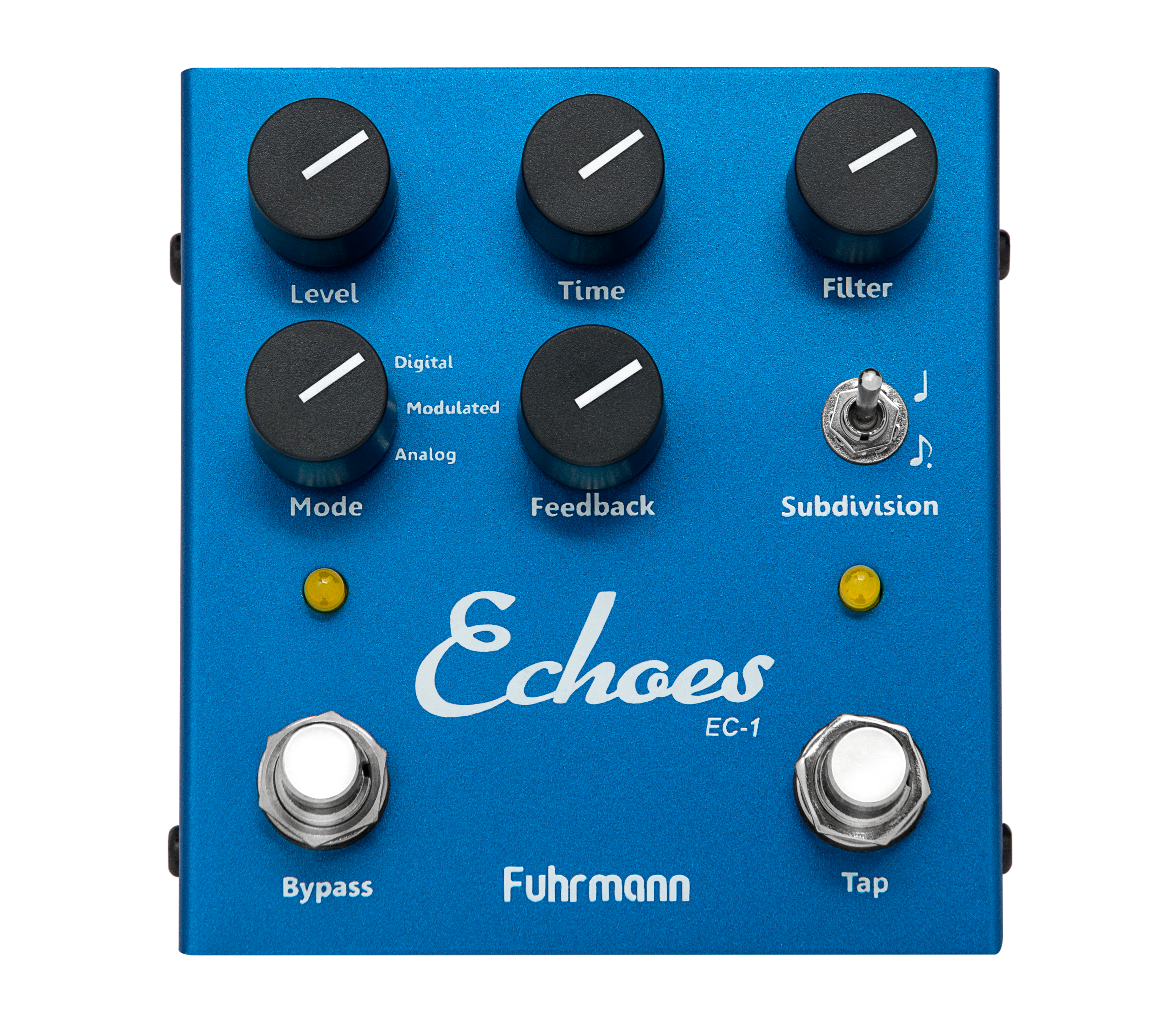
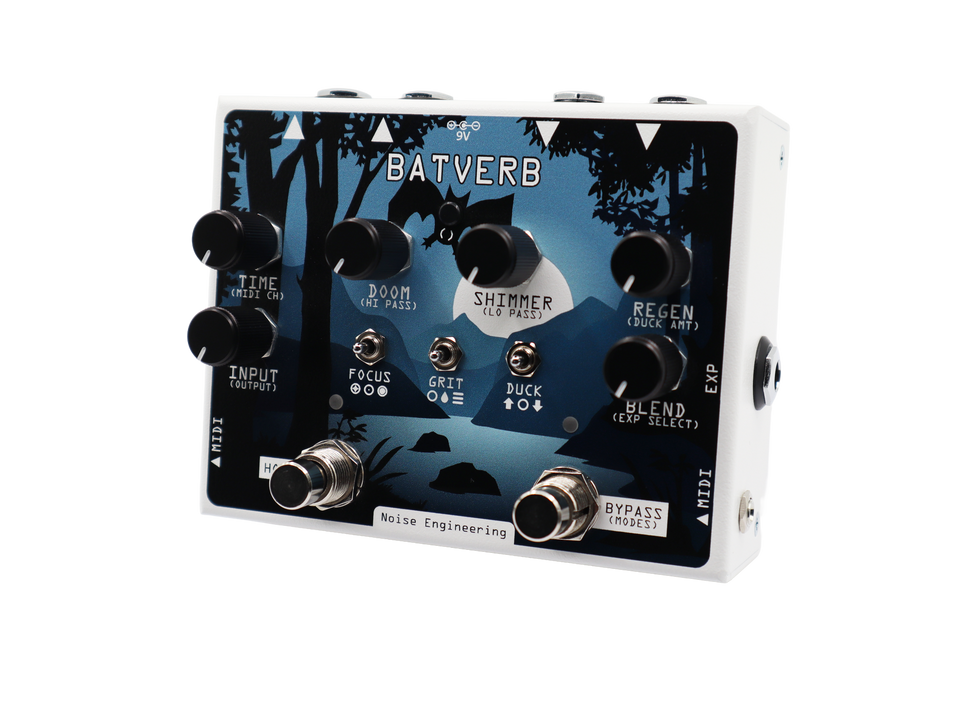
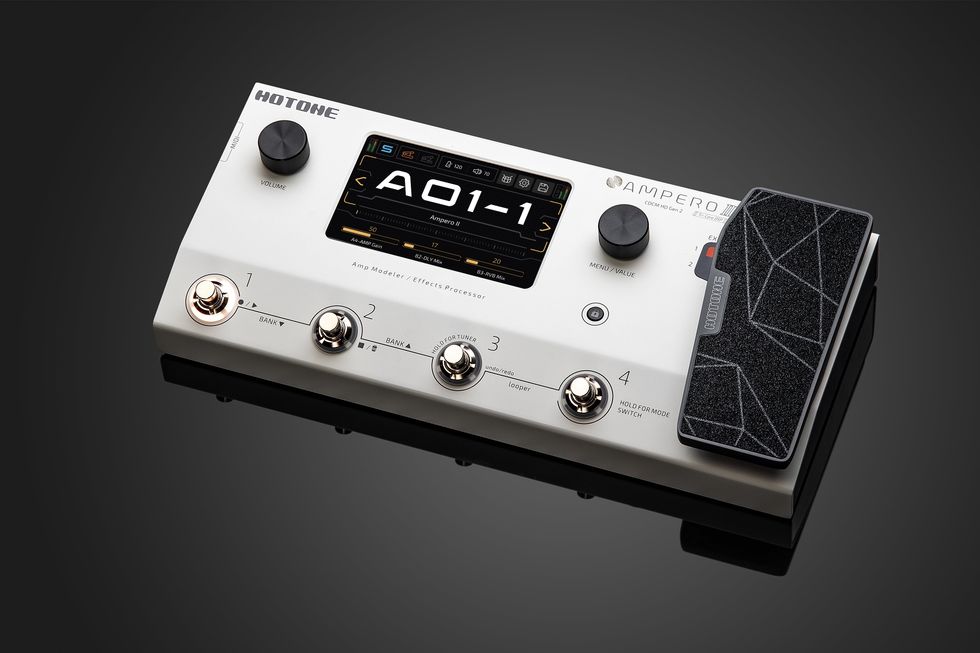
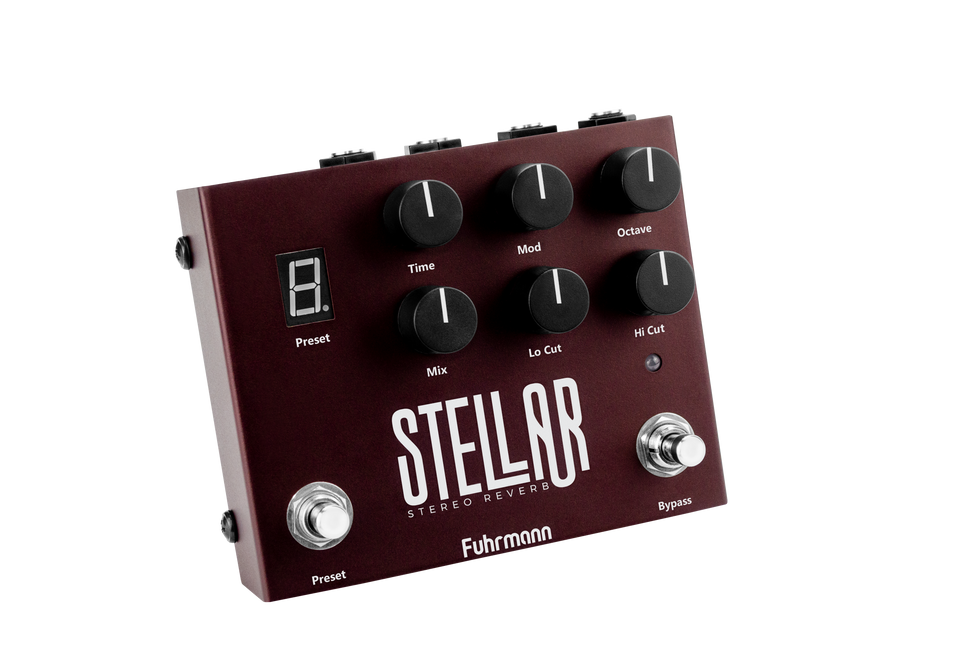
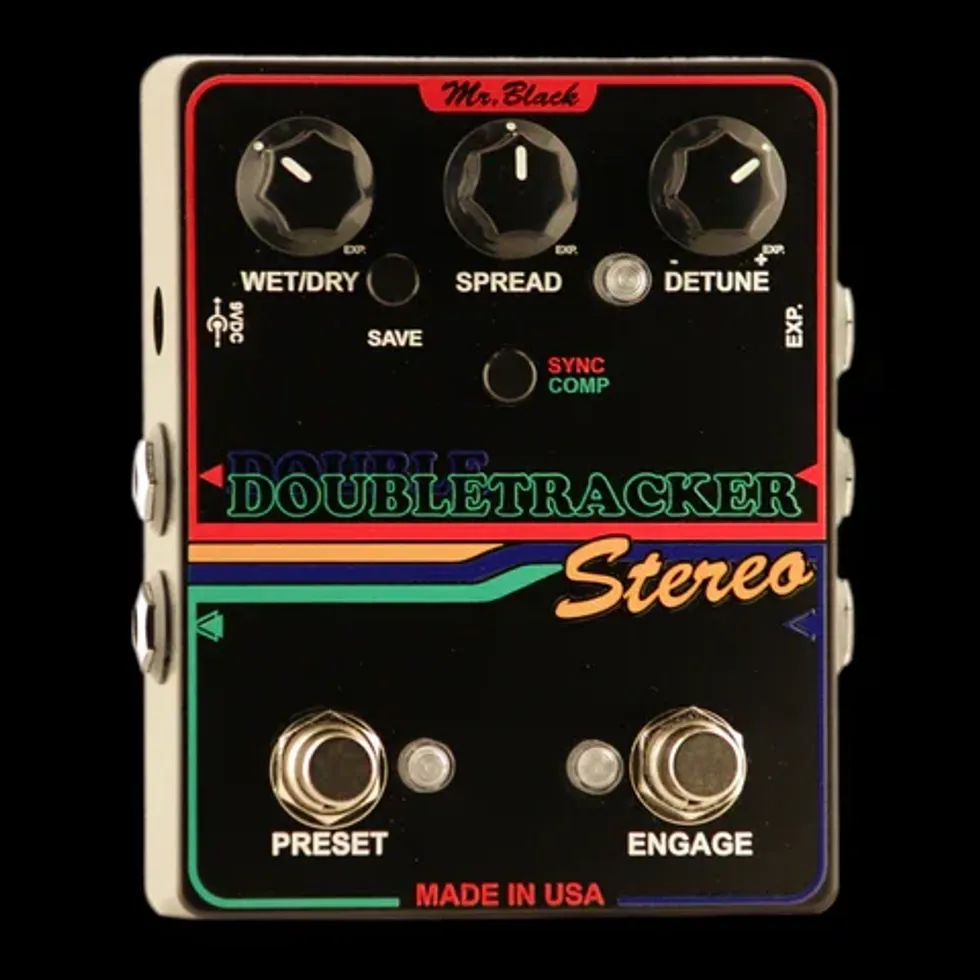
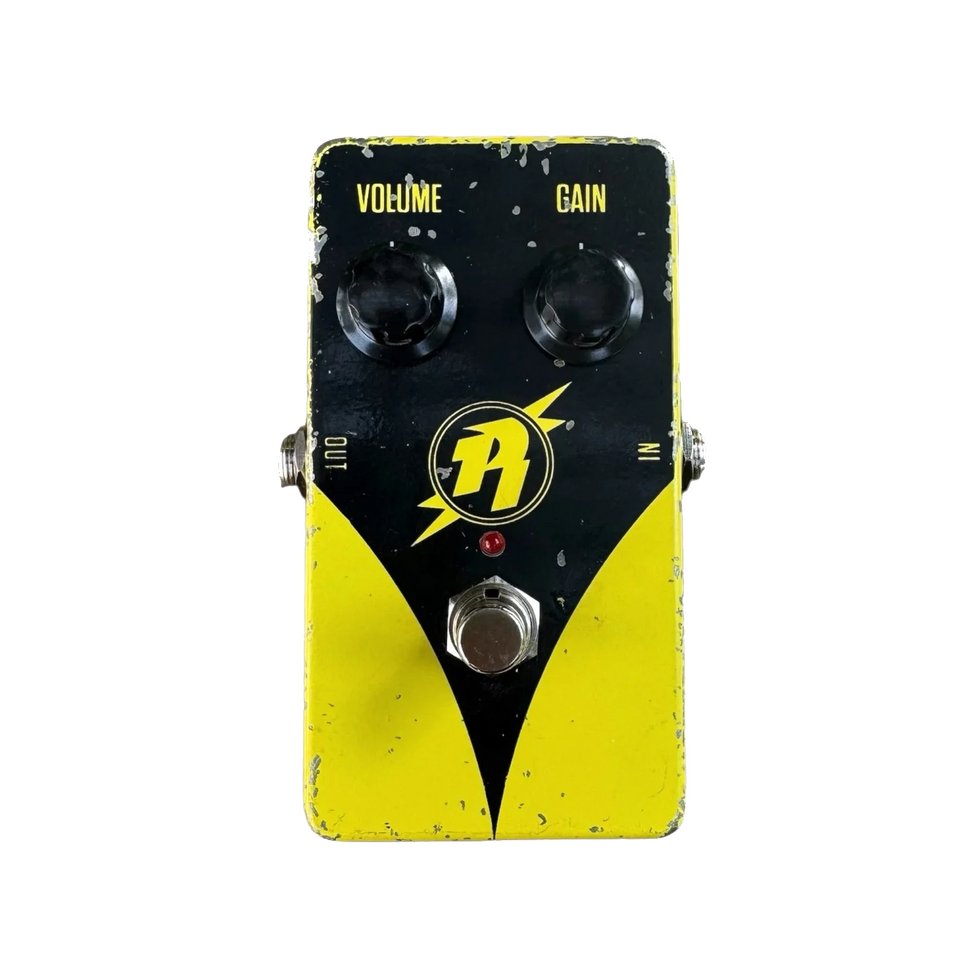
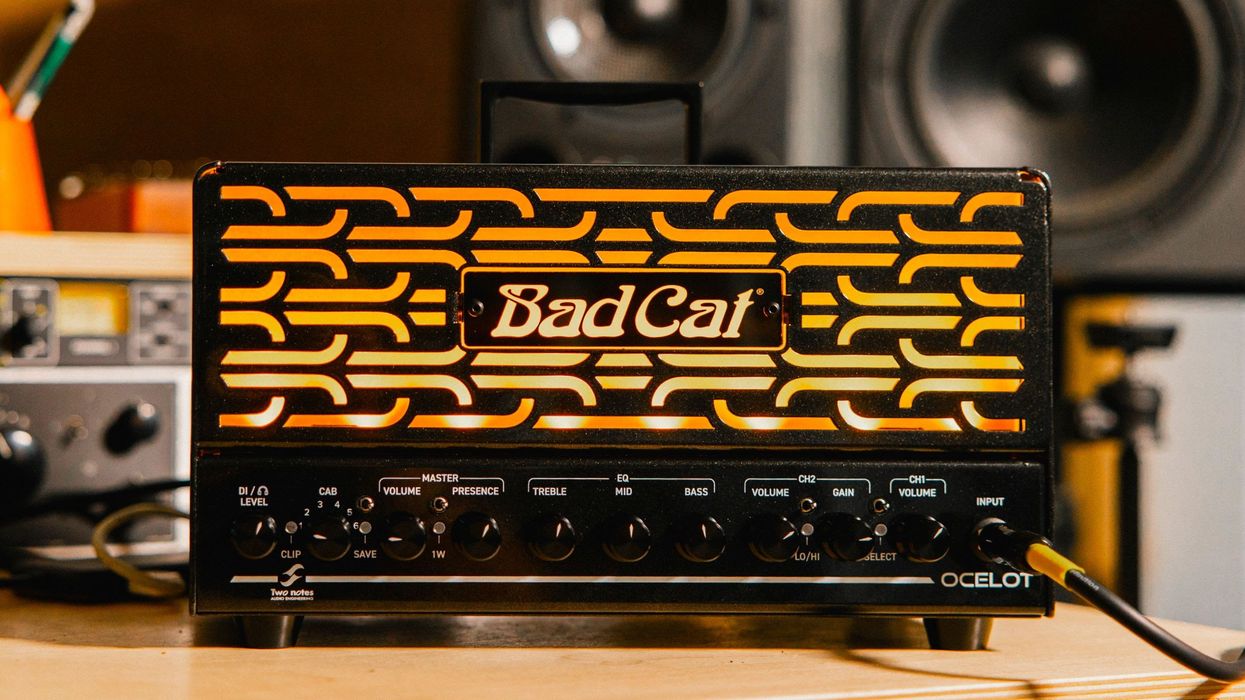
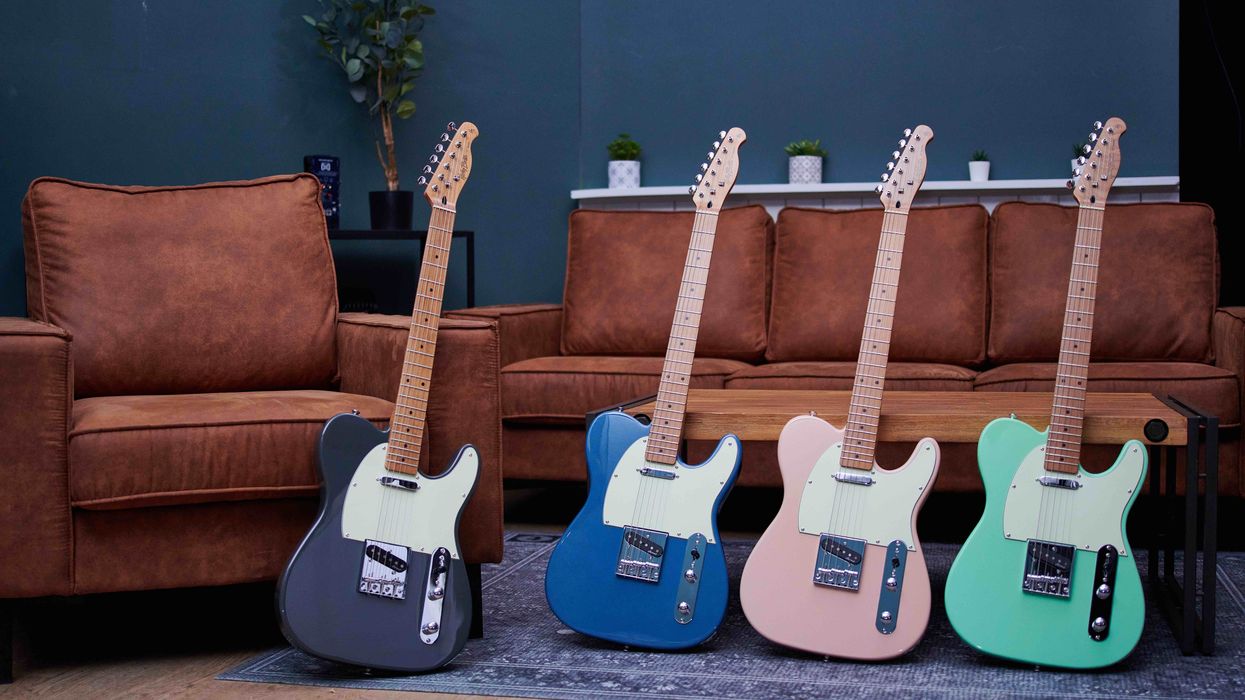

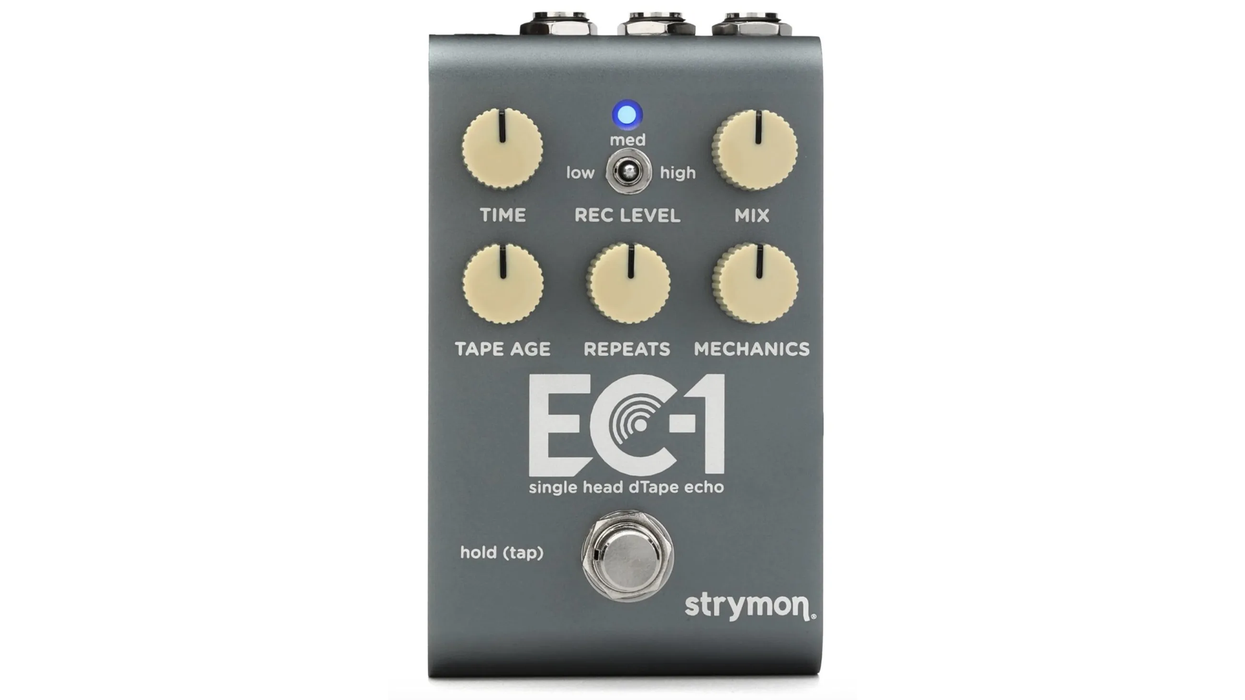
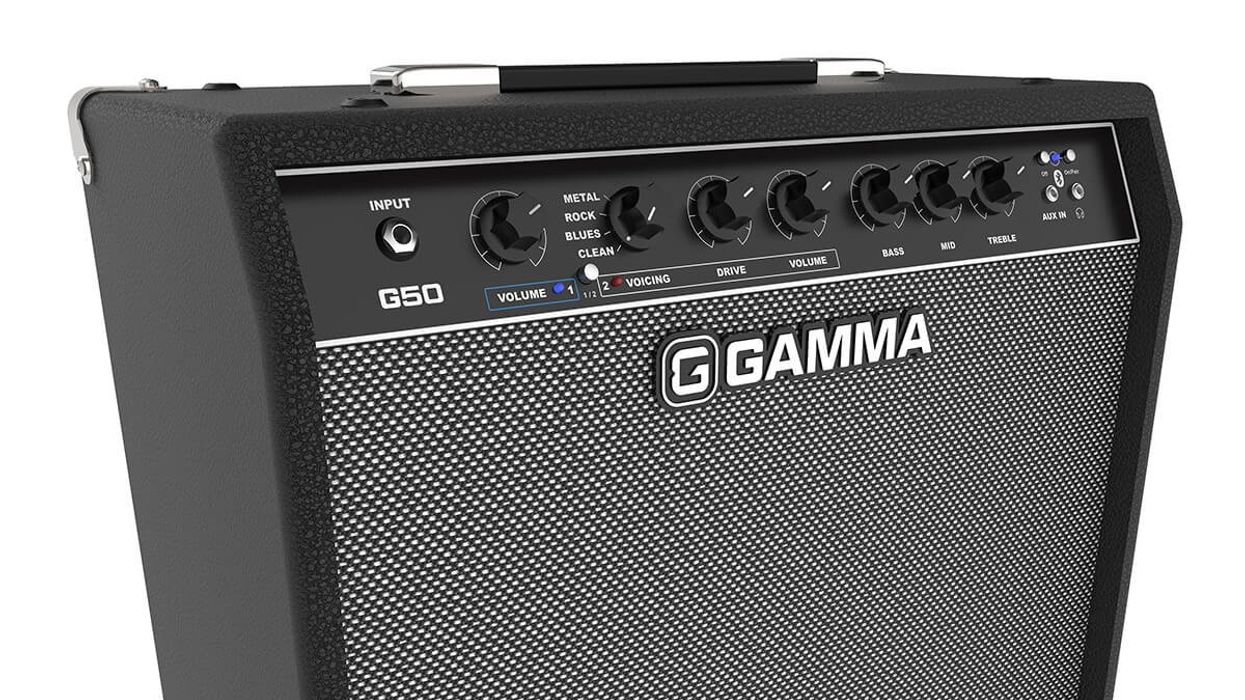


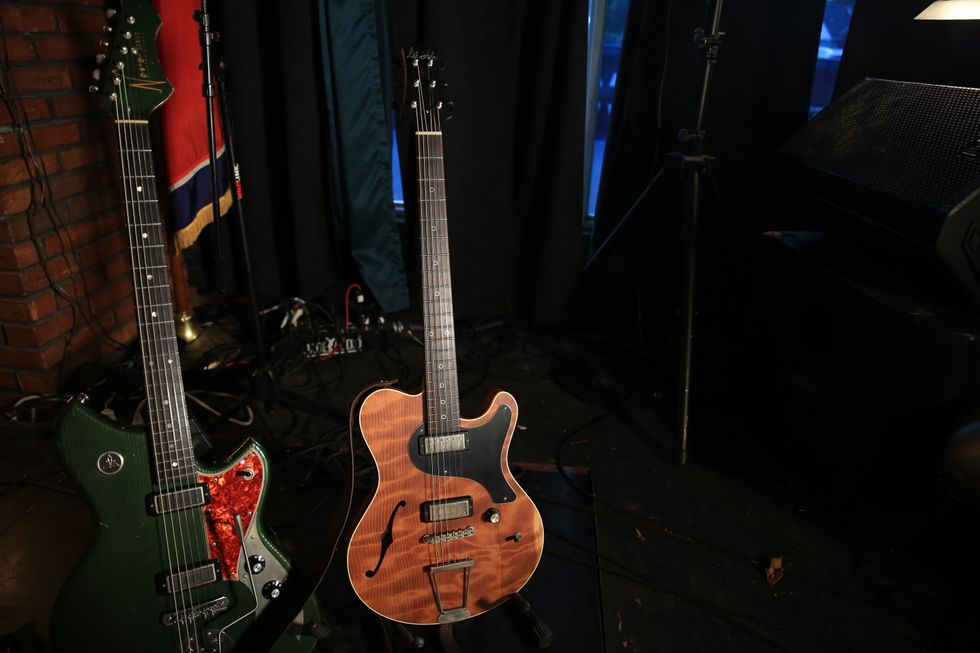
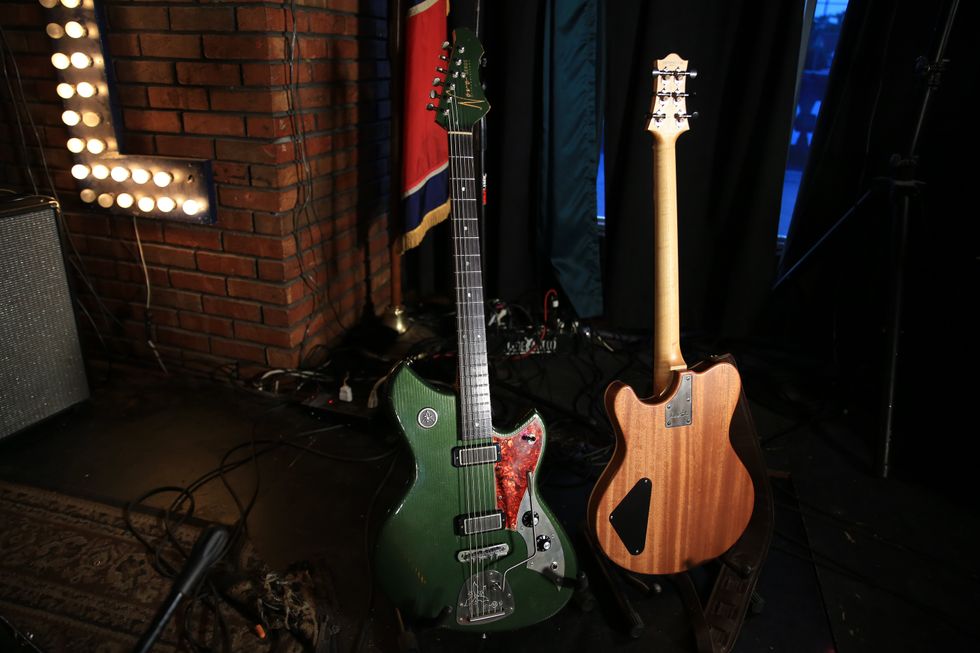
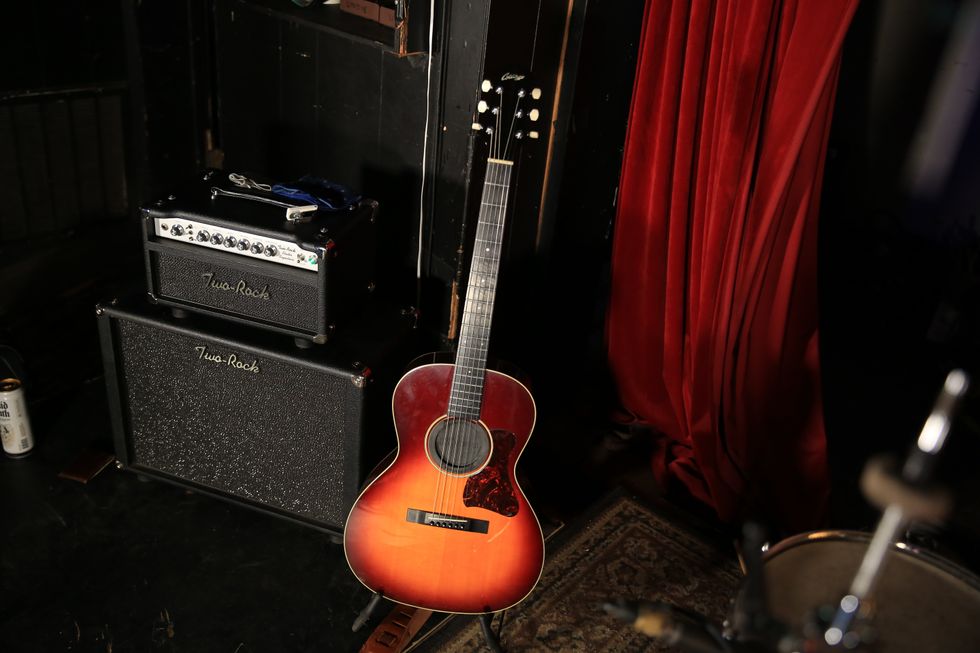
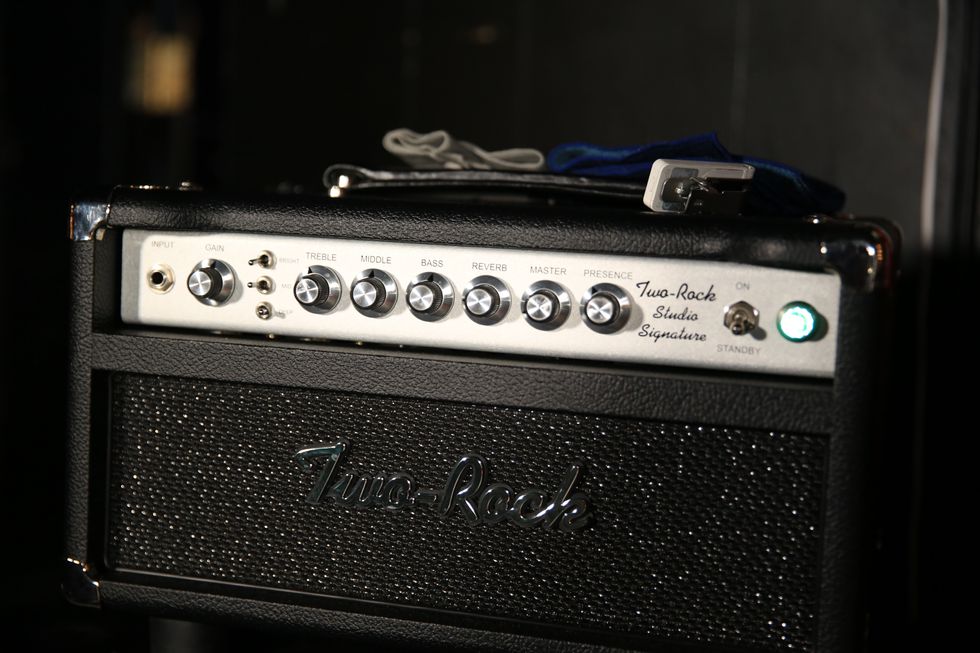
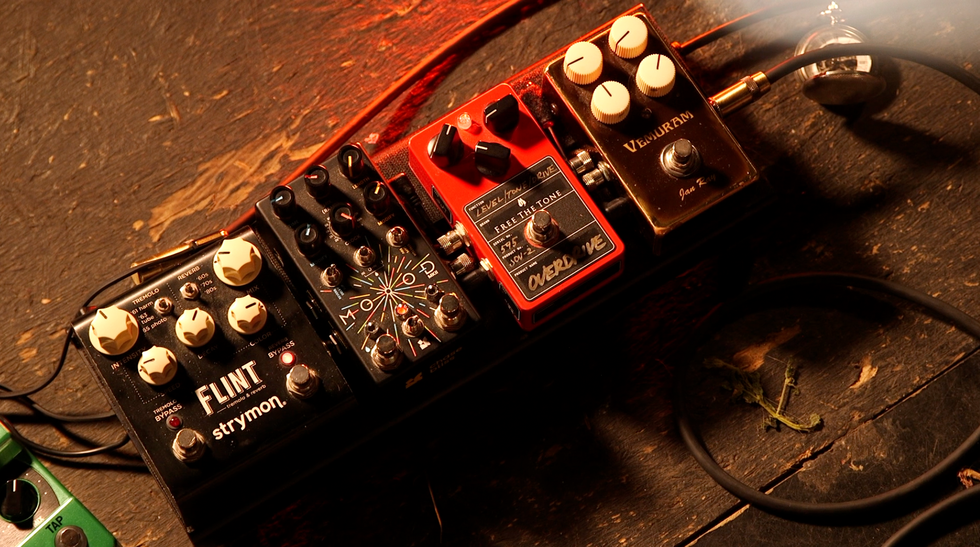
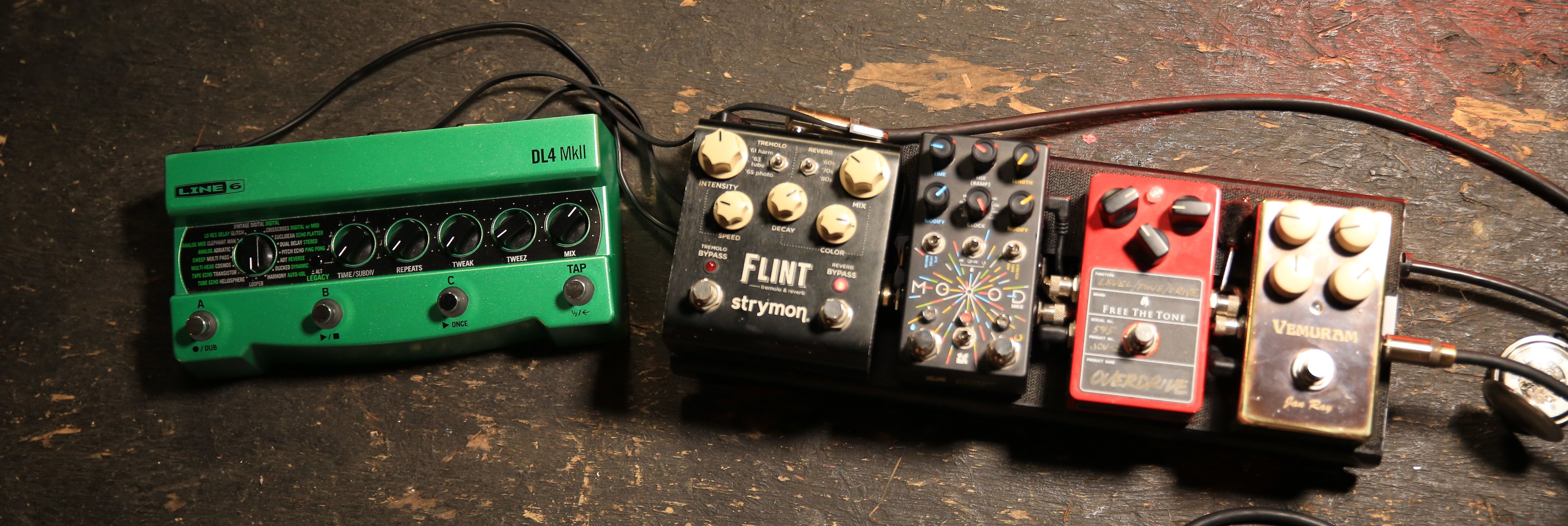 Miller’s Collings runs into a Grace Design ALiX preamp, which helps him fine-tune his EQ and level out pickups with varying output when he switches instruments. For reverb, sometimes he’ll tap the
Miller’s Collings runs into a Grace Design ALiX preamp, which helps him fine-tune his EQ and level out pickups with varying output when he switches instruments. For reverb, sometimes he’ll tap the 

